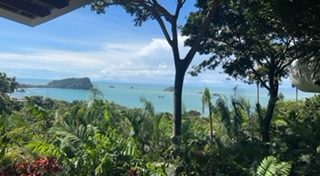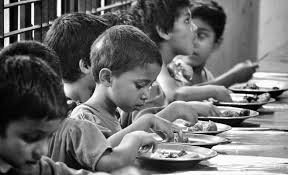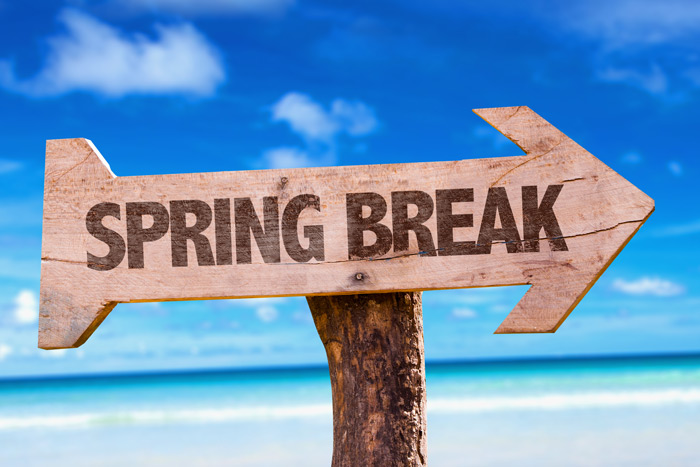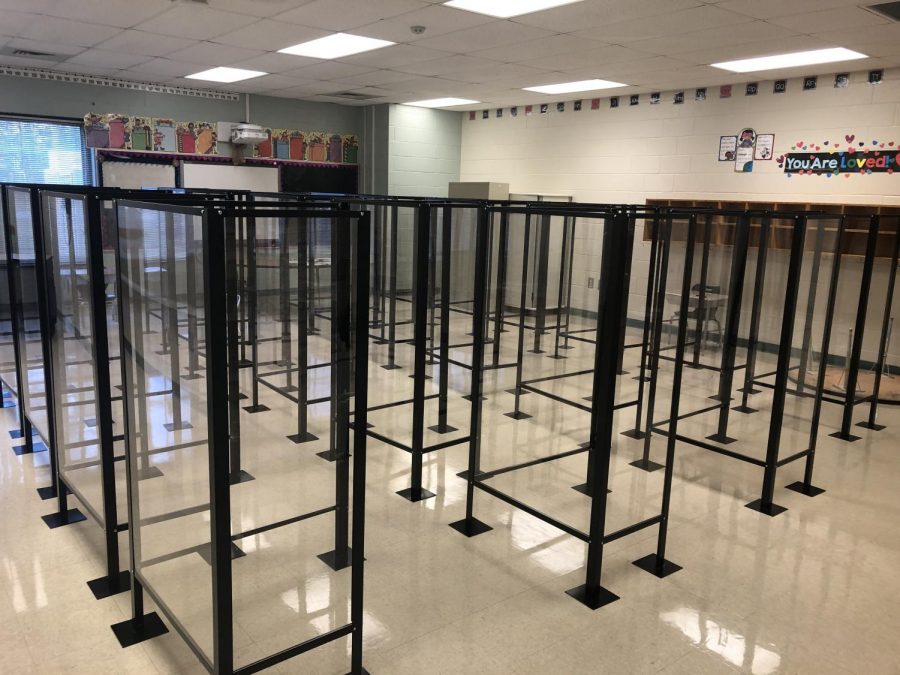Third World Countries: Paradise or Poverty?

October 27, 2021
For years, the United States has dominated the world in economics, agriculture and overall technology, allowing our country to remain a world superpower. While we are currently living in a first-world society where some of the biggest concerns are whether or not the line at Starbucks’ will run into our meeting times, we tend to overlook that these assets are luxuries.
In America, we are lucky to have access to WiFi, unlimited coffee and the internet. These everyday “necessities” are overlooked because of how frequently they are used but have we truly had a reason to appreciate these things? A two-hour plane ride can take people from the luxuries that surround Fort Lauderdale Florida to the discomfort of a third-world country at the drop of a hat.
Third-world countries are closer to the United States than we realize. Two weeks ago, I had the opportunity to travel to Quepos, Costa Rica and was utterly flabbergasted by the difference in the societies. Traveling to a third-world country, I knew that I should not expect the living conditions to be exactly the same as the United States, but in this scenario, I was speechless.
The time I spent in Costa Rica was meant to be a relaxing experience, but for the entirety of the trip, the only thing on my mind was how privileged first-world countries truly are. In Quepos, many residents either crafted and sold items such as jewelry or ran a restaurant within their own homes to make ends meet. Due to the economic difference between Costa Rica and the United States, the people’s cost of living and their earnings are less than the United States.
The markets that residents made their income from were located along the streets of Manuel Antonio next to the beach, ready to sell their merchandise to tourists and locals. For some of these people, the markets are the only way to earn an income. Mostly every market is held in an open, outdoor setting, allowing people to walk through the tables and aisles freely. Fruit, jewelry and wooden gifts are available around every corner; tourism is the main source of income.
While the economy is completely different than that of the United States, according to the World Bank, only 10.6 percent of Costa Rican households are living in poverty. The poverty bar between the United States and Central America countries is drastically different. The average household income according to the United States census is over $65,000 while in Costa Rica, the average yearly income is $15,000.
While I was taken aback by the beauty of Costa Rica, the living conditions for the citizens were completely foreign. Coming from suburban America, multiple-story homes made from brick foundations and shingles on roofs are normalized and expected. Arriving in Costa Rica, homes that are made of concrete and metal slabs are normalized and the least bit expected.
Coming from America, it is very obvious that we take the things we have for granted. The American lifestyle compared to that in Costa Rica is seen as a luxury despite the beauty and tourism.




































